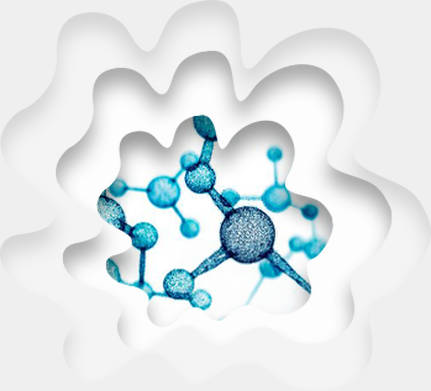This page contains a poster presented at the 18th Annual Meeting of ISMPP (International Society for Medical Publication Professionals), May 9-11, 2022.
Authors and affiliations
Mami Hiranoa, Survashish Chattopadhayayb, Yukti Bharwanib,c, and Aditi Bhattacharyab
aCactus Life Sciences, Cactus Communications, Tokyo, Japan
bCactus Life Sciences, Cactus Communications, Mumbai, India
cCactus Life Sciences, Cactus Communications, Princeton, NJ, USA
Abstract
Objective: Artificial intelligence (AI)–powered translation tools are gaining attention and acceptance to increase efficiency in medical publication development. However, these tools are not yet mature enough to be used in isolation without human review while maintaining quality and accuracy.1 We assessed the performance of a commercially available AI–powered translation tool in Japanese-to-English translation of scientific and clinical documents.
Methods: After application of pre-translation measures (e.g., file conversion and human translation of embedded images), 23 documents written in Japanese (e.g., clinical study materials, slides, and client comments) were translated into English via an AI–powered translation tool (T-400 [Rozetta Corp., Tokyo, Japan]) and reviewed and manually edited by a bilingual expert. We compared the translation processing speed and review time with this process versus those with pure human translation. Quality of AI–powered translation was assessed using a 5-point scale (1=very poor to 5=very good).
Results: Following the pre-translation treatment, the processing speed increased by >200-fold with the AI tool versus human translation, which was within expected parameters. The speed for quality review and editing after AI translation increased by 67% compared with internal baseline for previous human-translated projects. The quality of AI–translated content was generally acceptable (4 [good] on the 5-point scale), but human review and editing were required for all materials before their further use in medical publications.
Conclusion: Use of AI–powered translation tools combined with pre-translation measures and human editing can increase translation speed compared with pure human translation in medical publication development with no compromise on translation quality.
Keywords: Artificial Intelligence (AI), Machine Learning (ML), Natural Language Processing (NLP)
Poster
FINAL-Poster-no.-3-1About the author

Cactus Life Sciences
Cactus Life Sciences is a medical communication company that provides scientific strategy and content across the healthcare continuum, anywhere in the world ─ with a focus on science, innovation, and efficiency. We work alongside leading healthcare companies to establish the optimal role of medicines and encourage positive behaviors (physician and patient) that improve patient outcomes.













